Ending a story is hard, just ask Monty Python who had a very hard time (and budget issues) with the ending of The Holy Grail. When a film ends well, it’s often with one iconic scene that really sticks with the audience forever. Sometimes it’s the most enduring image of the movie and this is a list of scenes like that. Iconic scenes that really stick the landing at the end.

Fight Club
It’s really hard to believe that Fight Club wasn’t really a hit when it was released in 1999, especially given the epic ending. Not only does it tie up a disturbing bow on the whole movie, but the visual, of a city collapsing is simply stunning. If those two things are not enough, having The Pixies’ “Where Is My Mind” play over the exploding city is one of the best uses of music in a movie, ever.

Oppenheimer
Director Christopher Nolan pulled off an amazing trick in Oppenheimer. With his trademark use of time in a movie, he managed to tell the whole story of Robert Oppenheimer (Cillian Murphy), including what happened after The Manhattan Project but still managed to bring the film to a climax with the big boom of the first nuclear bomb test. All of that set the end, with a focus on Oppenheimer himself internally debating if it was all the right thing to do.
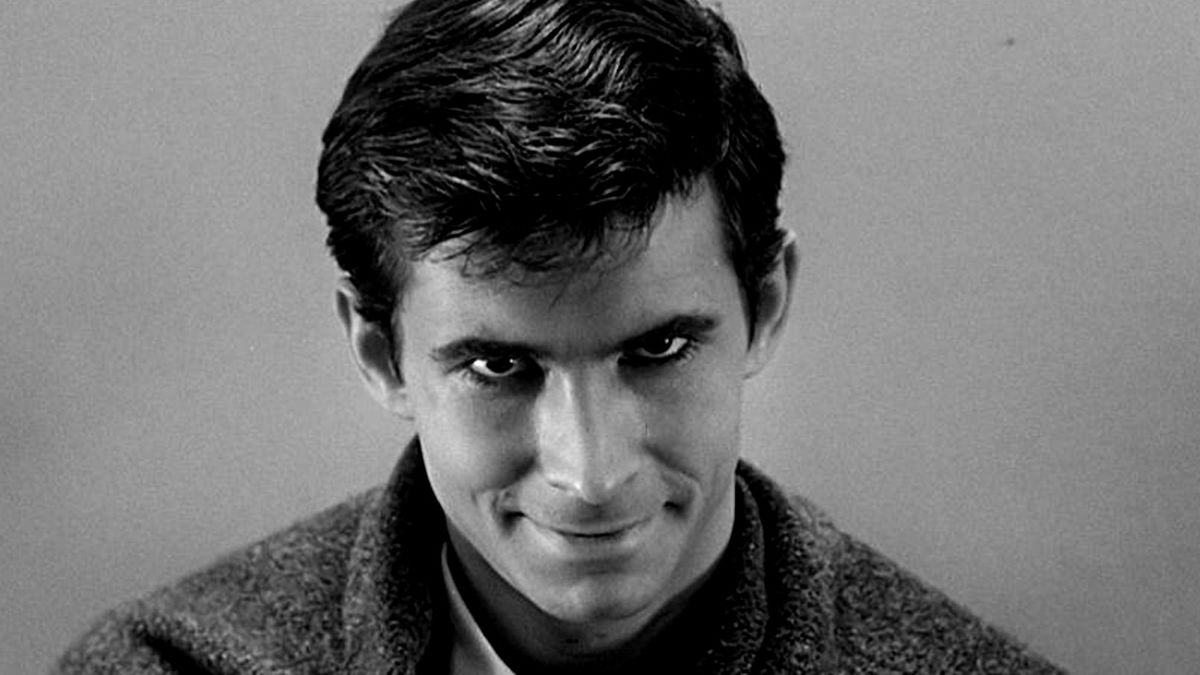
Psycho
Leave it to Alfred Hitchcock to end a movie with a quiet bang that leaves the audience freaked out and thinking about days and even years later. The end of Psycho, with Norman Bates (Anthony Perkins) staring into the camera as we hear his internal monologue, is about as perfect an ending as a movie can have.

Dead Poets Society
You simply cannot think about Dead Poets Society without thinking of that iconic ending first. As John Keating (Robin Williams) walks out of his classroom after being fired, all of his students stand on their desks in tribute, reciting “O Captain! My Captain!” from the famous poem by Walt Whitman. It is guaranteed to bring a tear to your eye every time you see it.

The Breakfast Club
Over the 90 or so minutes of The Breakfast Club, audiences all get to know each one of the characters intimately. Vice Principal Vernon (Paul Gleason) reads Brian’s words as the audience hears Brian (Anthony Michael Hall) explain how each student is unique, but how they have to appreciate each other. They may be a brain, an athlete, a basket case, and a criminal, but they all have the problems of any teenager.

The Truman Show
The Truman Show is one of Jim Carrey’s best films and the ending is a big part of that. The emotion of his sailing trip across “the ocean” and the moment he arrives at the door is harrowing. The joy of seeing Truman finally escape captures the audience perfectly and Truman waving goodbye as he walks out the door ends the movie in the best way possible.

The Silence Of The Lambs
The worst part about the end of The Silence Of The Lambs is that you find yourself actually rooting for a psychopathic serial killer. The movie, if you don’t remember, ends with an escaped Hannibal Lecter (Anthony Hopkins) in disguise tracking his nemesis, Dr. Chilton (Anthony Heald) as he gets off a plane in a tropical location.
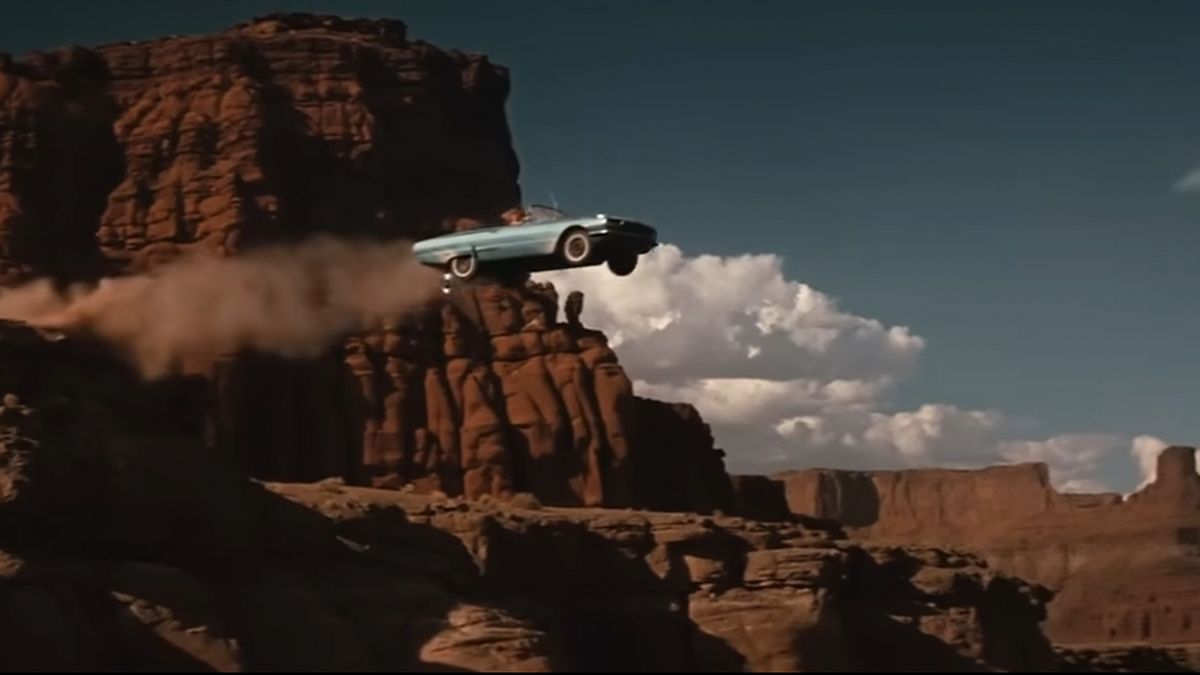
Thelma & Louise
There really isn’t a more epic ending to a movie than Thelma & Louise. After being chased across multiple states after committing a justified crime, the two titular characters decide to literally ride off into the sunset – or off a cliff – as the police are closing in on them. In it together to the end.

The Godfather
There is nothing in cinema quite like The Godfather saga. There are some amazing scenes all throughout the two…okay, three… movies. None are more arresting than the final scene of the first movie when Michael (Al Pacino) fights with, and lies to, Kate (Diane Keaton) before leaving the room to greet his other family members. The door closing in Kate’s face is tragic, but incredible.

Chinatown
Despite the last line of dialog in the movie, it’s impossible to forget Chinatown, especially its tragic ending as Evelyn (Faye Dunaway) is killed attempting to finally escape the clutches of her domineering and, frankly, evil father played by John Huston. Jake (Jack Nicholson) is understandably distraught, yet all he can do is forget about it.

Planet Of The Apes
With one of the best twists in film history, the ending of Planet Of The Apes is so unforgettable that it has become a part of pop culture. Even people who have never seen the movie, starring Charlton Heston as an astronaut stuck on what he thinks is a distant planet, know how it ends when he discovers he’s been on Earth the whole time.

Field Of Dreams
The premise of Field of Dreams is that if he (Kevin Costner) builds it “he” will come. The “he,” of course, is Costner’s character’s father. The movie ends with the two characters having a catch on the baseball field as the camera pulls out to reveal a line of cars headed to watch a game at the magical field. Finally, they come.

The Usual Suspects
The Usual Suspects has one of the most beloved twists ever and the way it ends, with the reveal that Kevin Spacey’s character is Keyser Söze, and with that final breath…poof, one of the most epic final scenes ever.

Dr. Strangelove
You can’t really end a movie in a more epic way than having nuclear weapons exploding over and over. From the moment Korg (Slim Pickens) hitches a ride on one of his bombs, to the montage of actual nuclear explosions, the end brings to a point the absurdity of nuclear war.

Casablanca
There aren’t many movies that have multiple quotes that have become part of the lexicon like Casablanca. Playing it again, hills of beans, looking at you… the list goes on and on. The final shot of Rick (Humphrey Bogart) and Renault (Claude Raines) walking off into the fog is right up there with the greatest endings ever, with that iconic quote from Rick to Renault about the beginning of a beautiful friendship.

Sunset Boulevard
There are few ending scenes as uncomfortable (and wonderful) as the final scene in Sunset Boulevard. Norma Desmond’s slow walk down the stars, with the over-the-top facial expressions by actor Gloria Swanson is sooooo disconcerting, and when the camera comes to a stop on Swanson’s face and she delivers that famous line, “Alright, Mr. DeMille, I’m ready for my close-up” is spine-tingling.

Reservoir Dogs
Quentin Tarantino’s debut movie is one of the best movies by a first-time director ever. His brilliant script ends as tragically as a movie can with virtually all the characters dying. The last two, Mr. Orange (Tim Roth) and Mr. White (Harvey Keitel) are the most heartbreaking.

Whiplash
The only way to end a movie as intense as Whiplash is with a scene befitting that intensity and the final drum solo of the movie when it all comes together for Miles Teller’s character. The movie is hard to watch and tension built up until that final release is felt by audiences as much as it shows in Teller’s face. It’s brilliant.

The Graduate
The best thing about the ending to The Graduate is just how unsure both Benjamin (Dustin Huffman) and Elaine (Katharine Ross) are when they take their seats on the bus. Sure, on the surface it’s a pretty standard ending to a Rom-Com, with the two lovebirds facing the future together. But as the shot lingers, it’s clear both are nervous about that future, unsure that they’ve made the right decision. It’s an excellent ending.

The Thing
The thing about the ending of The Thing is that it really is all about one line. One iconic line. After all MacReady (Kurt Russell) and Childs (Keith David) have been through, they are left by themselves in the cold. When Childs asks what they should do, MacReady can only say, “Why don’t we just wait here a little while…and see what happens.”

There Will Be Blood
The final act of There Will Be Blood is one of the most intense scenes in any movie, ever. The physical and metaphysical battle for Daniel Plainview’s soul is violent. In the end, after Plainview (Daniel Day-Lewis) and Eli (Paul Dano) are finished, and Eli is dead, Plainview can only turn to his butler and say, “I’m finished.” He is finished in almost every way

Inception
Much like the rest of the movie, the ending to Christopher Nolan’s Inception is left open to interpretation by the audience. When Cobb (Leonardo DiCaprio) spins the top at the end to determine if he’s in the real world, he never actually looks at it, leaving him, and us, to wonder just where he is.

Primal Fear
Edward Norton’s character (or characters) in Primal Fear are terrifying and the end, with its nod to Hitchcock’s Psycho, leaves the audience with a most uneasy feeling. What did we all just watch and what is real? Those are the questions we are asked and we don’t have all the answers.
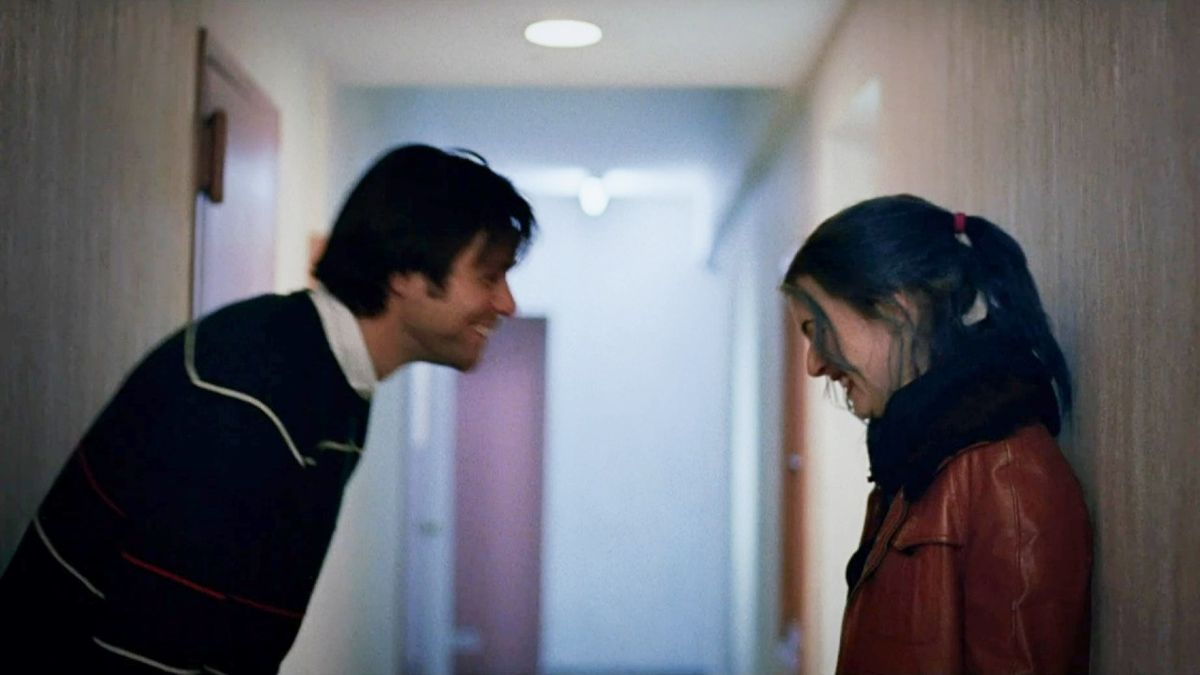
Eternal Sunshine Of The Spotless Mind
Eternal Sunshine Of The Spotless Mind is one of the most unconventional romances in film history. It asks the question we all ask sometimes, are we destined to be one other person in our lives? The ending doesn’t really answer it, but it is clear that two souls can be connected whether we want them to be or not.

Butch Cassidy And The Sundance Kid
Sure, it’s the “Hollywood” ending to a kinda true story in Butch Cassidy And The Sundance Kid. In the end, in classic Western style, our heroes are surrounded with no chance to escape, they choose to go out guns blazing. Of course, in real life, the fate of the real Butch and Sundance has been open to a lot of conjecture. Did they survive? Well, the movie freezes just as they burst out of their hideout, and we never see the final gunfight, so maybe they did. It’s part of what makes it one of the best Westerns ever.

Se7en
It doesn’t get more disturbing than the end of Se7en. John Doe (Kevin Spacey) is in control the whole time and he proves it with the delivery of “the box,” getting exactly what he wants from Mills (Brad Pitt), and the audience is left with that pullback from the camera on the helicopter as we hear radio chatter about what’s happened. It’s one you just can’t stop thinking about for days.

The Shawshank Redemption
The end of The Shawshank Redemption could be subtitled “Red’s Last Journey” as he makes his way across the country, and across the border to reunite with Andy on the beach. It’s a touching ending to the best movie of the 1990s.

Citizen Kane
Obviously, Citizen Kane is one of the most iconic movies of all time, and the ending is no small part of why people love it so much. The image of the burning sled called “Rosebud” at the end not only answers what Kane (Orson Welles) hinted at in the first scene of the movie, but it leaves the audience to ponder just what life, even one like Kane’s, really means in the end.

One Flew Over the Cuckoo’s Nest
For much of One Flew Over the Cuckoo’s Nest, we don’t really see just how important Big Chief is. In the end, though, it’s Big Chief who not only sets McMurphy free by suffocating him, but he frees himself of the hospital and all his internal baggage that he’s found so hard to let go of. It’s a tragically beautiful ending to a wild movie.
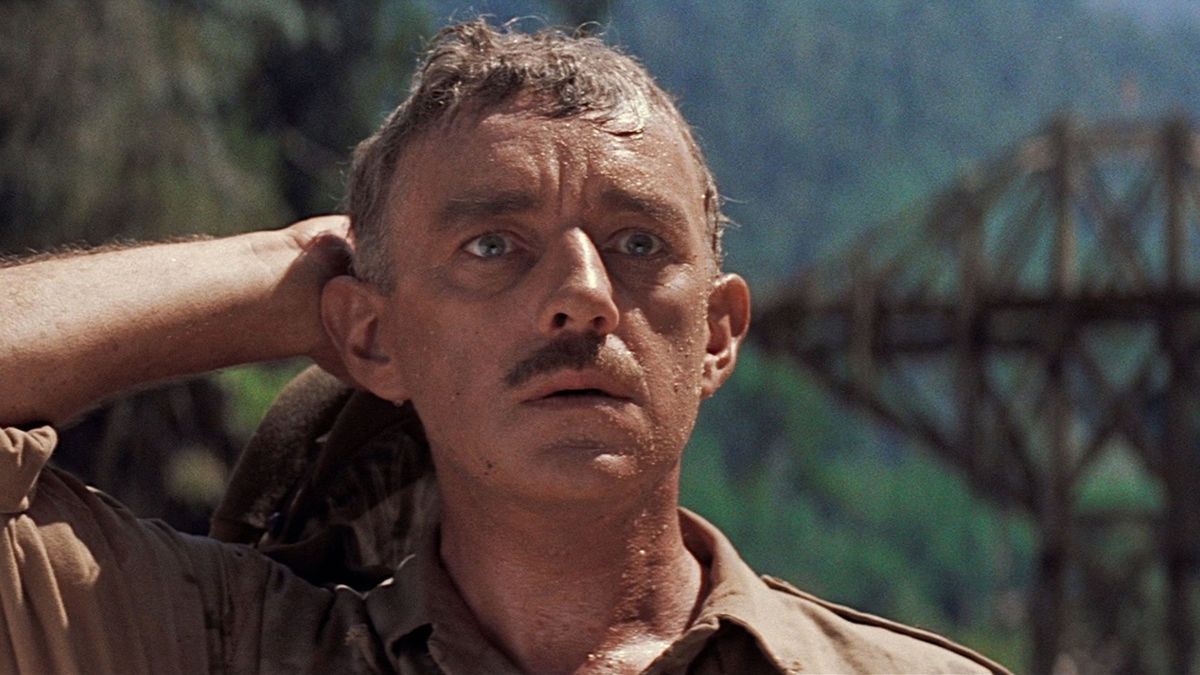
The Bridge On The River Kwai
So much of war is futile and no movie expresses that more succinctly than The Bridge On The River Kwai. The whole movie is a battle between the Japanese guards and the Allied prisoners, and it’s a battle with nature, and the titular bridge, which, in the end, of course, is blown up. What is the point of it all?

Schindler’s List
The raw power of the final scene of Steven Spielberg’s masterpiece Schindler’s List is undeniable. The black-and-white movie turns to color as the real-life survivors place stones on the real-life grave of Oskar Schindler. It brings even more weight to the cost of the Holocaust than you could possibly expect and it’s as powerful a moment as has ever been in any film, ever.
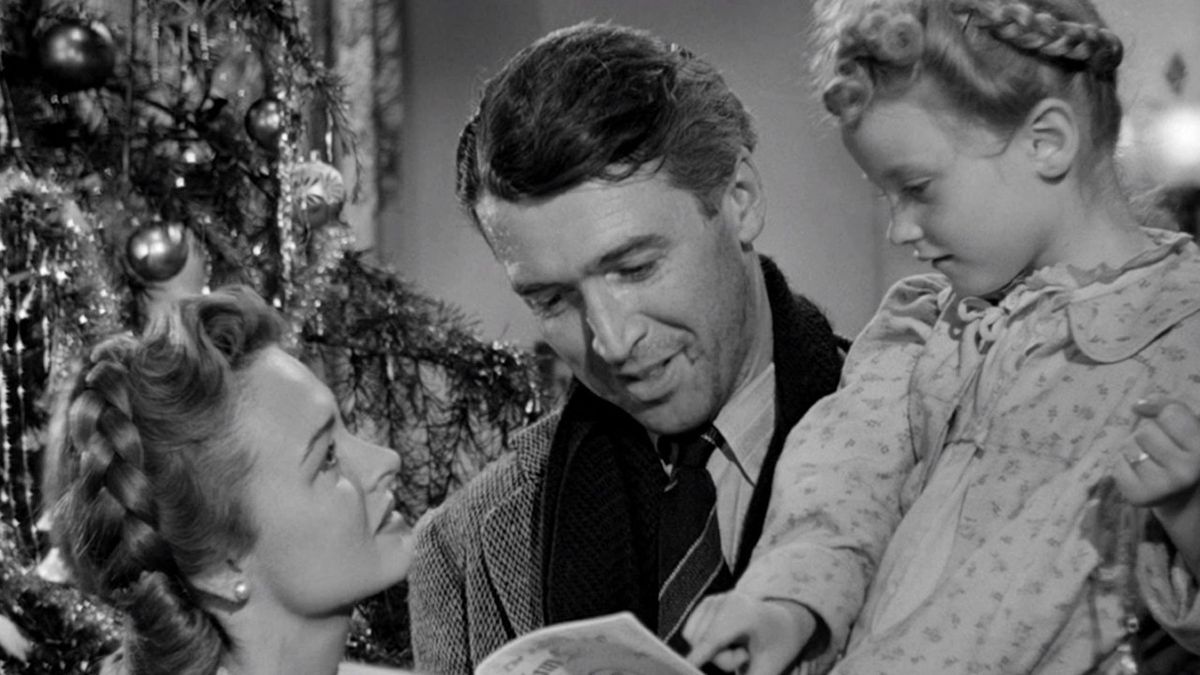
It’s A Wonderful Life
The Christmas classic It’s A Wonderful Life has become a bit of a trope in recent decades, but you still can’t deny how sweet and wonderful the ending is as an angel finally earns his wings.
